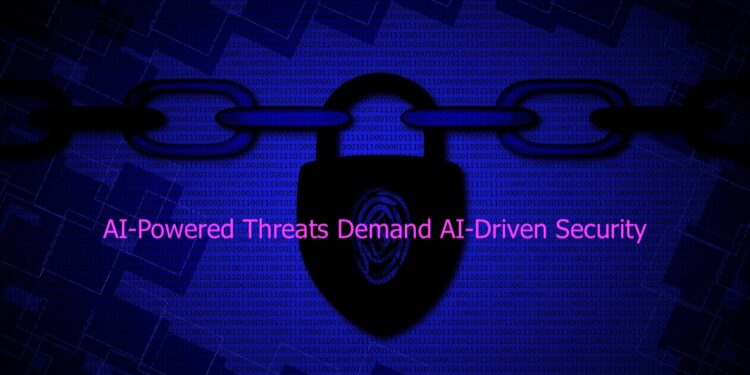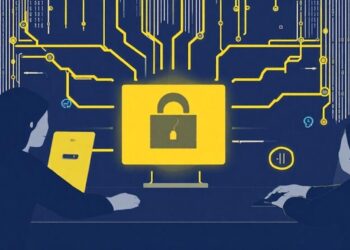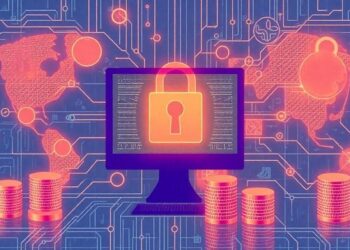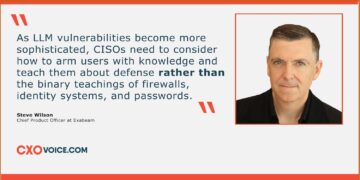Before the AI/GenAI hype, cybersecurity had a very different landscape compared to today. AI has pushed cybersecurity threats to an entirely new level, and the shift is visible in multiple dimensions. Cybercriminals with AI have become far more dangerous because AI amplifies their reach, speed, and deception. This is why CISOs are now treating AI security risks as top enterprise risks, on par with financial and operational risks.
While businesses adopt AI to increase their efficiency and innovation, on the other side, cybercriminals use the same tools to launch more sophisticated, automated attacks. Phishing emails delivering infostealers grew by 84% year-over-year, according to IBM’s 2025 Threat Intelligence Index.
With AI, new threats are emerging, such as deepfake-powered scams. In March 2025, a 72-year-old homemaker in Hyderabad, India, lost Rs 1.97 lakh to a new kind of fraud, one powered by AI voice cloning.
Researchers have found that cybercriminals are automating malware generation. Prompt injection attacks, enterprises deploying AI chatbots in customer service, are seeing injection vulnerabilities that let attackers manipulate the system into revealing sensitive data.
Why Organisations Struggle to Defend Against AI-Led Cyberattacks
Many organisations struggle to defend against AI-led cyberattacks because their security models were built for different threats known threats. Cyberattackers use AI to automate scans, generate exploits, and launch an attack at machine speed. While many businesses often need human analysts to review alerts, which takes hours or days. By the time a breach is flagged, damage is already done.
AI Threats Demand AI Defence
If attackers are weaponising AI, defenders need AI too to counter them at the same speed and scale with learning. Cybercriminals, with the help of AI and data, launch attacks in minutes. A human security person alone can’t keep up, but with AI tools, they can detect threats and launch countermeasures to safeguard the system at the same speed. Like, an AI-powered SOC can detect and isolate ransomware within seconds.
AI-led defence systems analyse billions of events per second across endpoints, logs, networks, and cloud workloads. It detects system irregularities in real time. AI can detect deepfake voice, video, or text by analysing micro-patterns invisible to humans. AI-led defence systems evolve with every new attack.
Attackers exploit AI to scale and trick, but defenders must harness it to predict, prevent, and respond at the same speed. Without AI-led defence, AI-led threats will always win
Just as “iron beats iron,” AI is the effective counter to AI-powered threats.
The rise of AI is inevitable, but unchecked adoption is risky. Enterprises must integrate AI-driven detection, Zero Trust principles, and strict governance frameworks.
In this new era, the question is not whether to adopt AI-driven security, but how fast organisations can integrate it into their cyber defence strategies. Because when AI is the weapon, only AI can be the shield.
Also Read: Wipro and CrowdStrike Unveil AI-Powered CyberShield MDR to Enhance Enterprise Security























